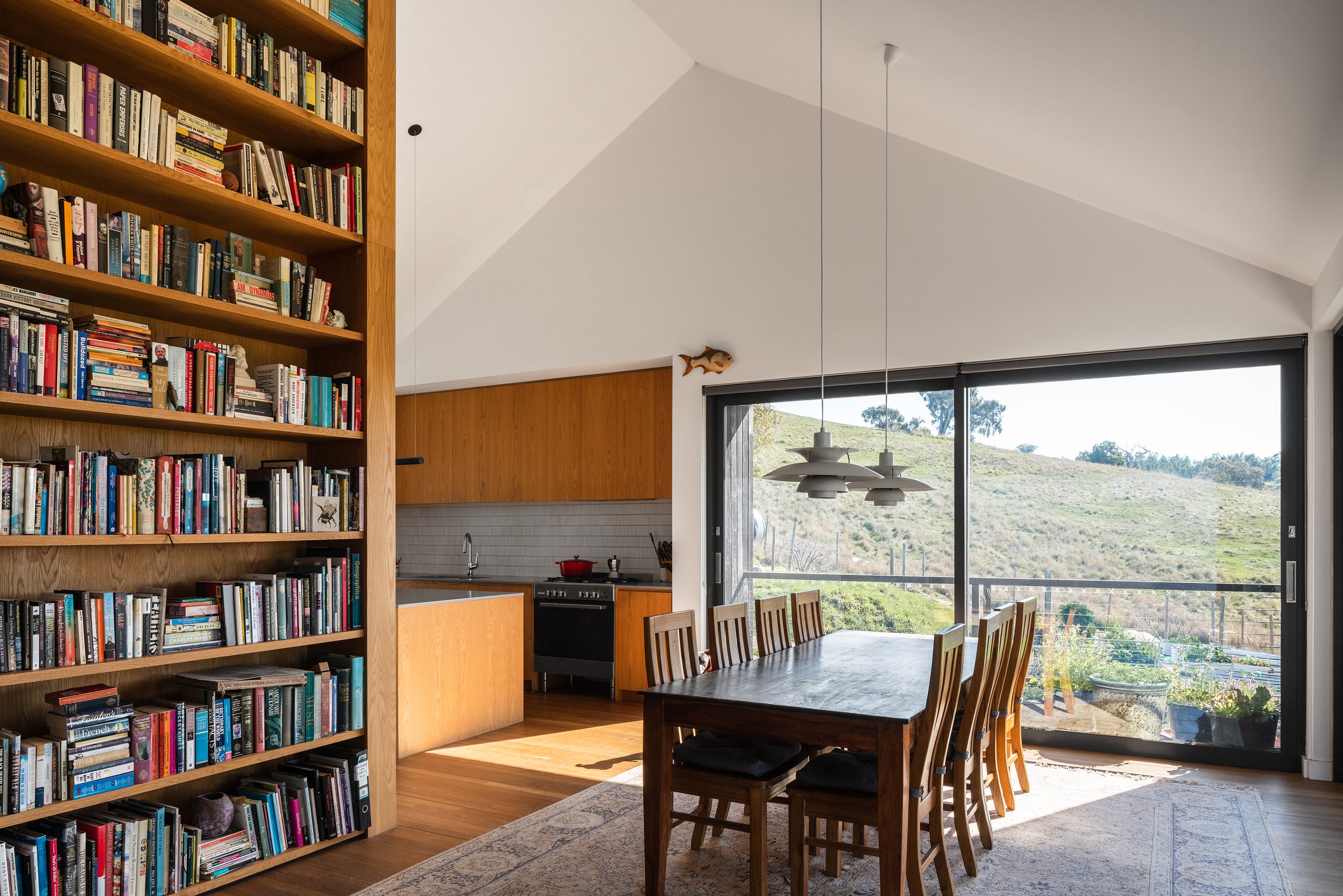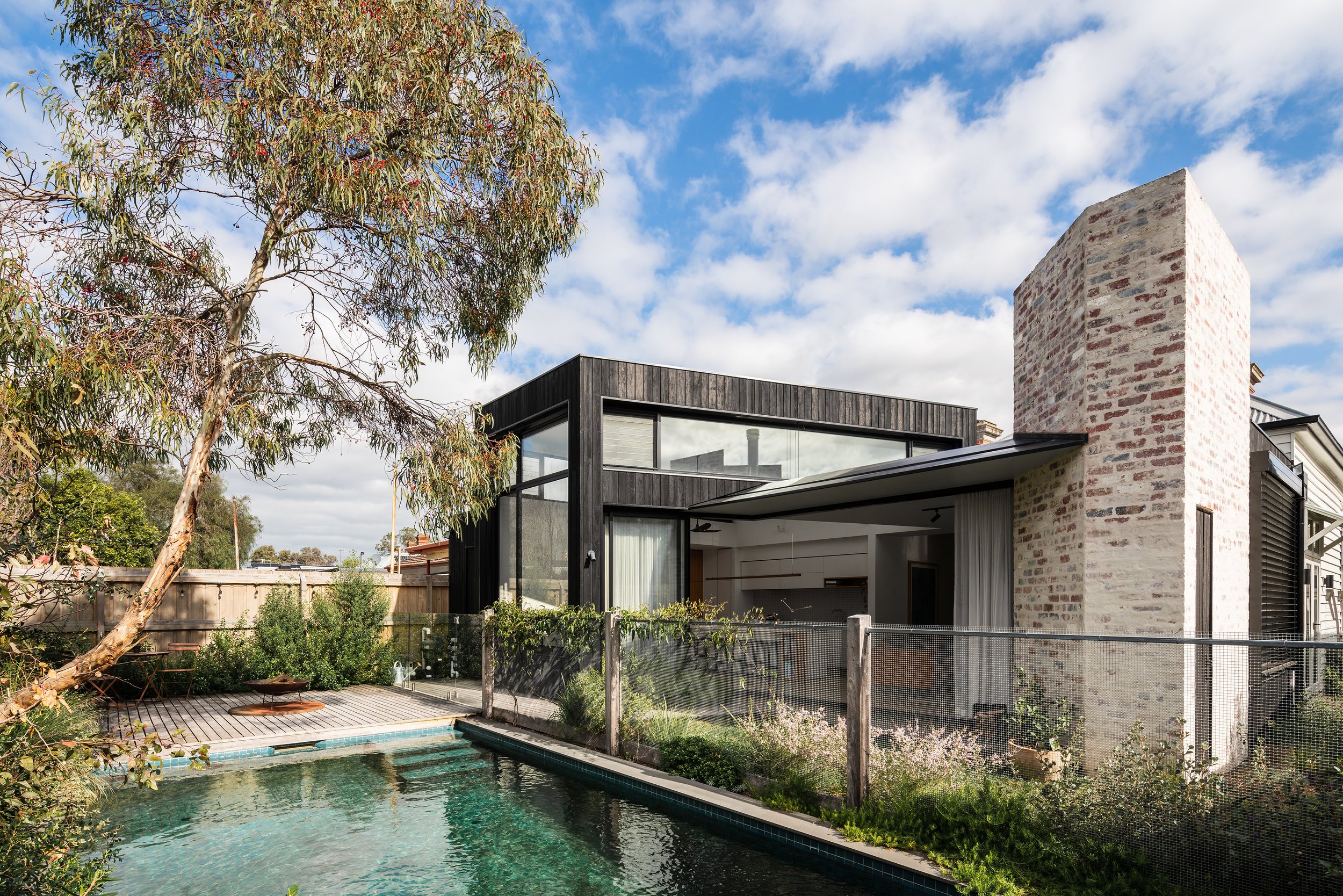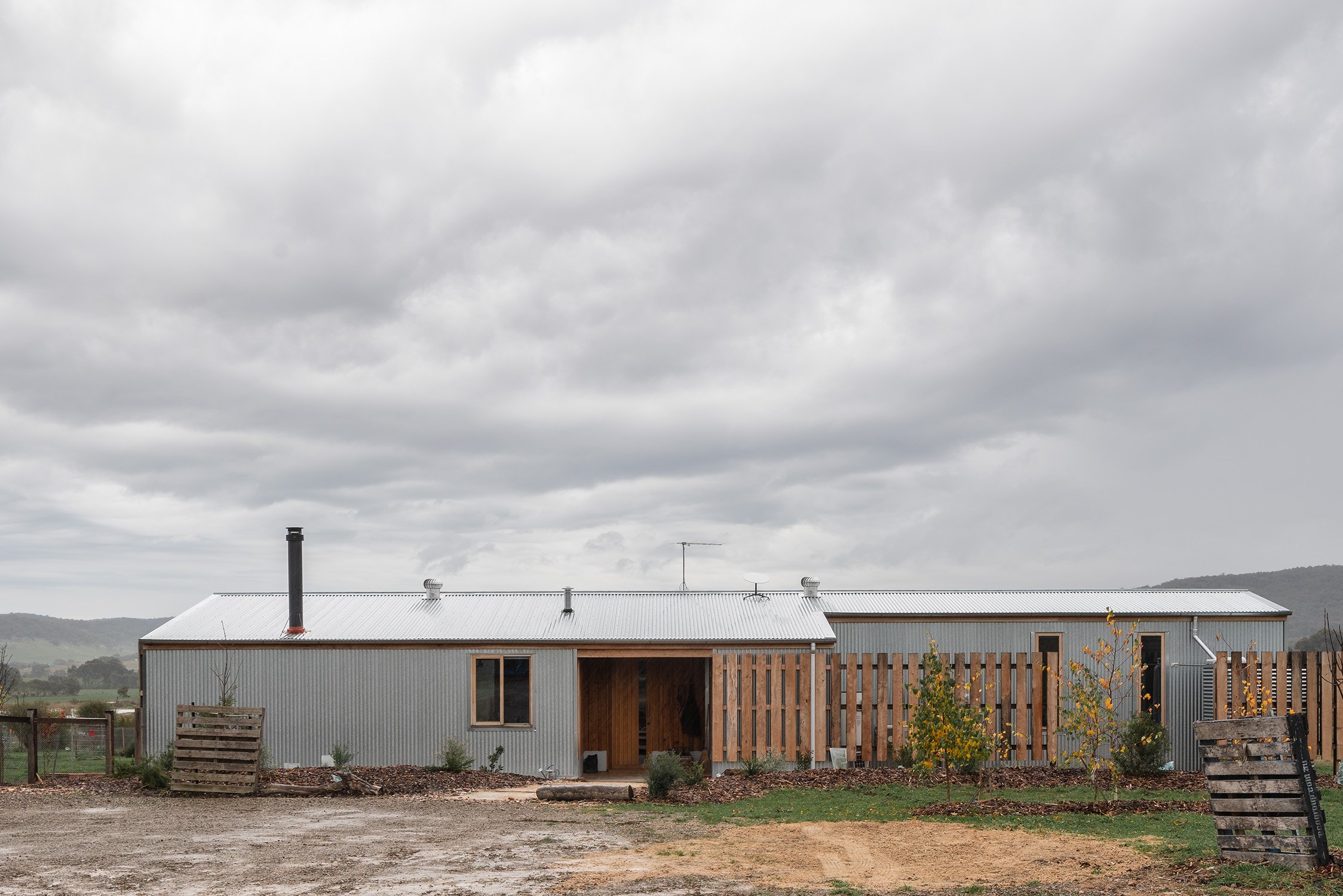How You Can Design Your Home to be More Sustainable
5 Principles for Sustainable Home Design
Design Principles
January 10th, 2023
How do you achieve a sustainable home? Is it the orientation, materials, and all the technology, such as solar panels, or is it simply doing less? Sustainable architecture is about working with the environment, not against it, to reduce its negative impact on the environment.
Sustainability does not need to be complex; rather, a simple approach can result in your home being cheaper to run, healthier, more comfortable to live in, and is respectful of the climate and kinder to the planet.
1. Passive Design
There simply is no better way to heat and cool your home than using free, natural resources provided by mother nature. Passive design uses the sun to heat, cross-ventilation to cool, and shading to protect your home during the seasons and use it to your advantage. Orientation and room placements play a major part, where ideally (in the southern hemisphere), you want your living areas to face north and bedrooms, bathrooms and utilities to the south. Smart window placements should direct cooling breeses through the home.
Shading design will vary depending on your location, but you want to allow the low-winter sun to penetrate deep into the living areas, but the same shading element to block the high-summer sun from hitting your glass and entering the home.
2. Energy efficient
Ensuring your home uses less energy will significantly reduce your carbon emissions, and it doesn’t need to be complex. The key to this is having high-insulated walls with an airtight construction to eliminate leaks. When you combine this with double-glazed windows, ceiling fans, and good passive design, you’ll find that you won’t need to reach for the airconditioner remote as often.
However, on the topic of air conditioners; here in Australia, it’s not uncommon to experience heatwaves with temperatures upwards of 37°C (98°F), for multiple days. While high insulation, good shading and double-glazing will help, no one will judge you for running the air conditioner during heatwaves. The real benefit of a strong energy efficient home is you won’t feel like you need to turn on the air conditioner on a 30°C day.
3. Systems and Technology
The technologies and systems we incorporate into our homes should complimentary; not be used as a way to appear sustainable while ignoring basic principles, so no greenwashing. Aim to be carbon neutral in operations, so eliminate gas and look to electrify your home. Installing solar panels (and batteries if your budget permits) will assist with this, offset your power needs. Of course having low-energy and water appliances, fixtures and fitings will go a long way. A sufficient water tank can use captured rainwater to flush toilets, wash clothes and water the garden.
It isn't necessarily about going 'off-grid', but reducing your impact on the grid, where you don't need to use as much power or water.
4. Footprint
Less is more… Sustainable. Every square metre of a home impacts the environment, from the resources needed to build the spaces to heating/cooling to maintenance. One of the most sustainable homes you can build is one where the size is just right for you and your needs. It isn’t about forcing people to live in a tiny-home or micro-apartment, but question your perceived idea of how much you think you need.
Less building, less impact on the environment, it's that simple.
5. Materials
Materiality is a big topic of discussion around sustainability, as every piece of material needs to be extracted from the planet one way or another. It is also a balancing act, where some material may be high in carbon to produce, it may last hundreds of years, as opposed to a material that needs to be replaced in 10 years. Looking at your materials from a holistic standpoint, taking into consideration where it's coming from, how is it installed to your home, whether it can provide thermal mass, does it serve more than one function, and what can happen with it once the home has reached its end of life?
The other aspect is waste, and looking to design with the material and using construction techniques that avoids excess/wastage of that material, and can also be dismantled and reused eventually, avoiding as much material in landfills as possible.
Sustainability shouldn’t be seen as a checklist, or a one-size-fits-all, where if you don’t achieve ALL of the above principles, then it isn’t sustainable. Instead, think of it where you may be challenged in achieving a north-facing living area due to the orientation of your site, so you compensate with better glazing and insulation.
Videography and editing, and words by Anthony Richardson.





